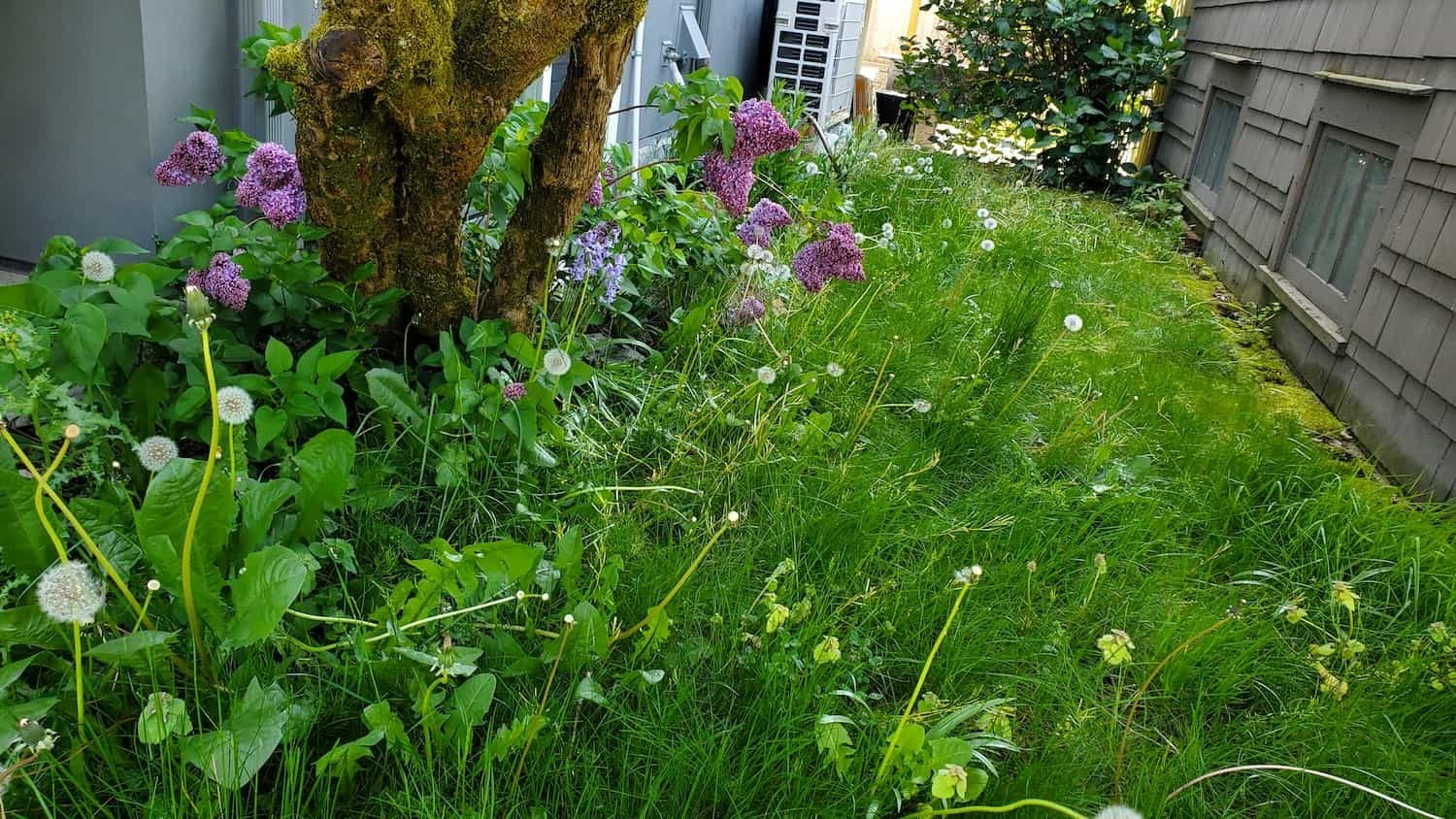Brush Russian olive tree removal
Homeowner’s Issue
Brush yards face a mix of challenges that make Russian olive removal a common need. Soils here tend to be compacted clay or loamy-clay in low spots, with heavy winter and spring moisture that encourages suckering and root spread. Russian olives tolerate dry summers and wet winters, so once they take hold along property lines, slopes, or near the riverfront they outcompete native shrubs and create dense thickets. Common problems homeowners see include poor drainage at driveways and low corners, brittle branches that fall in wind events, and fast regrowth from stumps and suckers. Sun exposure varies across town—south-facing slopes dry out and favor tough invaders, while north-facing lawns hold moss and shade-tolerant weeds. HOA rules in many Brush neighborhoods also limit messy backyards and require tidy street-fronts, so removing invasive trees is often both a safety and compliance step. Our approach recognizes these local conditions: we focus on erosion control on slopes, preventing resprouts in wet hollows, and improving curb appeal for homes near Brush Community Park and the riverfront. Sustainable methods, not herbicides, are used so future plantings of natives have a better start.
Our Quality Service
We remove Russian olives safely and sustainably with a stepwise plan tailored to Brush yards. Work begins with an on-site assessment of slope, root spread, and access. Trees are carefully taken down or dismantled, stumps ground to below-grade, and root collars cleared to limit resprout. We use hand tools, mechanical grinders, and erosion control where needed on slopes or near drainage swales. All work follows eco-friendly practices—no herbicides—so you can replant with native shrubs and grasses that handle local rainfall patterns. Benefits include improved safety, reduced maintenance, better drainage, and lasting curb appeal.
What’s Included
- On-site assessment and written estimate
- Safe tree dismantling or felling, as appropriate
- Stump grinding to below-grade
- Debris removal and site cleanup
- Basic erosion control on slopes or disturbed areas
- Post-job recommendations for replanting and soil improvement
Options / Upgrades:
- Mulch + landscape fabric installation
- Organic, mechanical weed control and follow-up root pruning
- Soil amendment (compost/topsoil) for replanting beds
- Haul-away vs. green-bin/compostable disposal
- Replanting with native shrubs and grasses
Before & After / Expectations
Expect some noise from cutting and grinding for the job day and a temporary pile of chips while we work. We’ll need clear access to the trees and space for machinery; driveway parking or on-street zones may be used briefly. After removal you’ll see improved light and airflow, but some resprouts can appear if roots are deep—our stump grinding and follow-up mechanical control reduce that risk. Care tips for Brush yards: keep new plantings watered during dry summer weeks, rake out seed-bearing debris to cut weed pressure, and watch for moss in shady, compacted patches—loosen soil and add organic matter to help. For ivy or heavy groundcover, plan for staged removal and replanting to prevent erosion.
FAQs
Q: How long does a typical removal take?
A: Most single-tree removals, including stump grinding, finish the same day. Larger stands may need 1–2 days.
Q: Will you use herbicides to stop regrowth?
A: No. We use mechanical and organic methods only—stump grinding, root pruning, and follow-up hand removal.
Q: Do you handle disposal?
A: Yes. Choose haul-away (dump fees apply) or green-bin/compostable disposal when available.
Q: Do I need a permit?
A: Usually not for single residential removals, but we’ll advise if HOA or city rules (near public parks or riparian areas) require permits.
Call to Action
Brush homeowners: book a free estimate to assess Russian olive issues and get a practical, sustainable plan. Fast scheduling, reliable local crews, and solutions that respect Brush slopes and drainage. Email neatandtidyseattle@gmail.com to arrange a visit and restore your yard’s safety and curb appeal.










